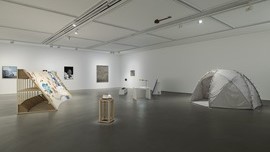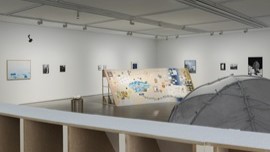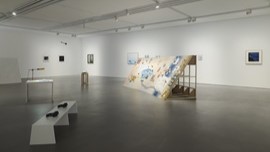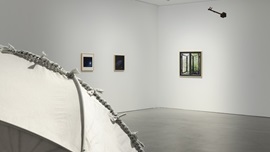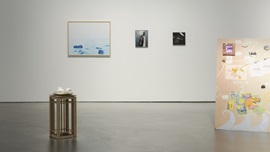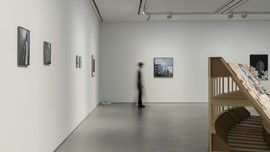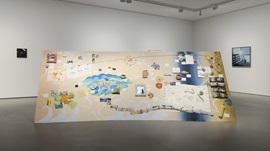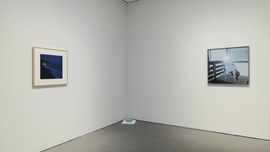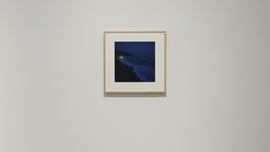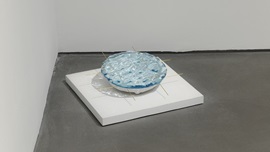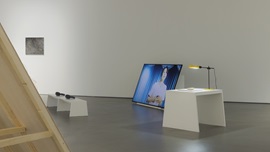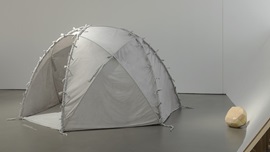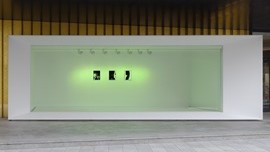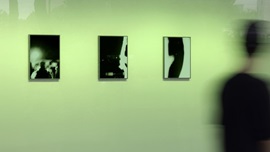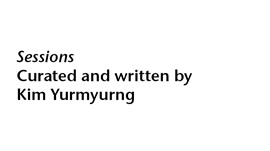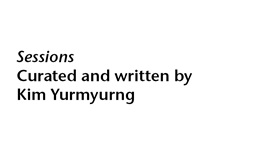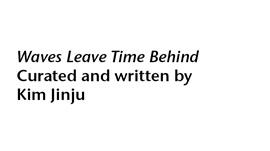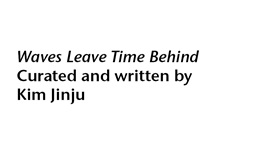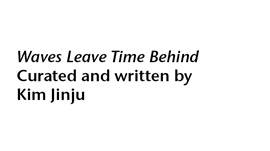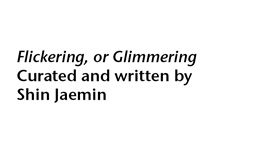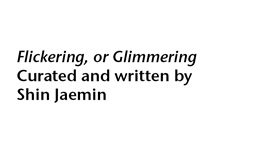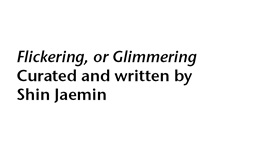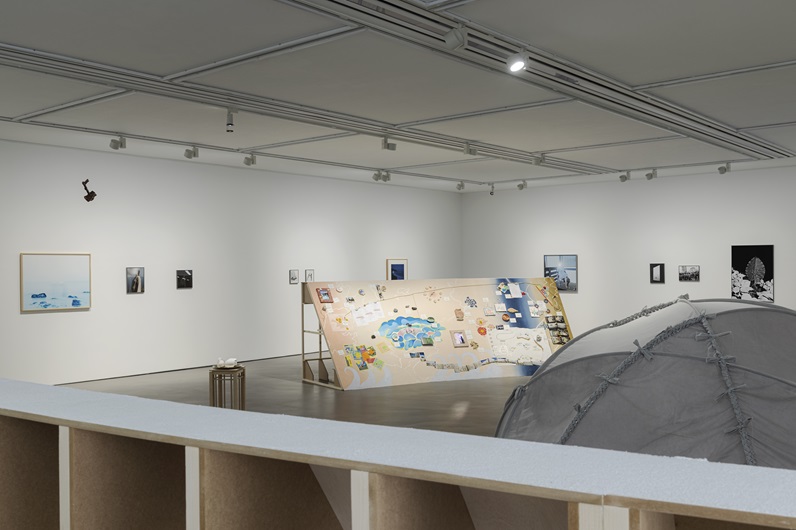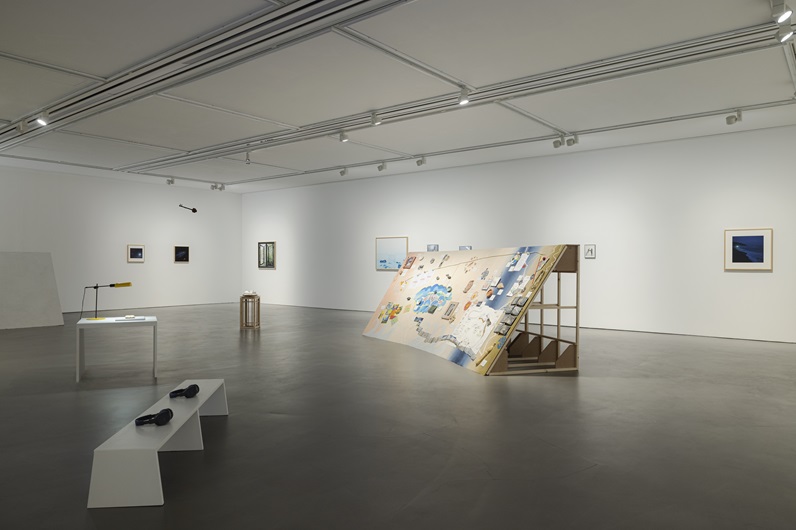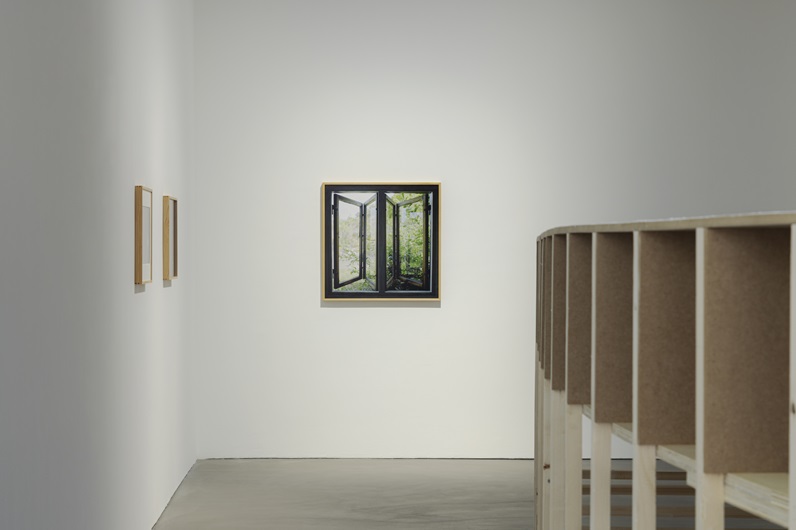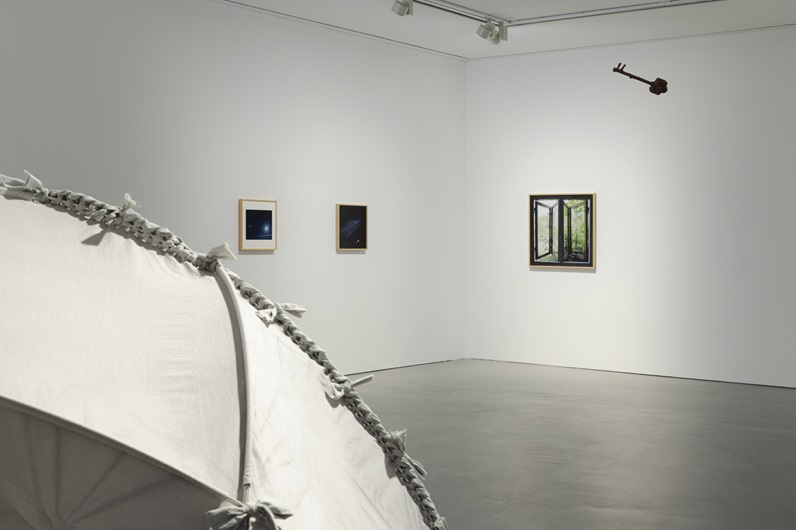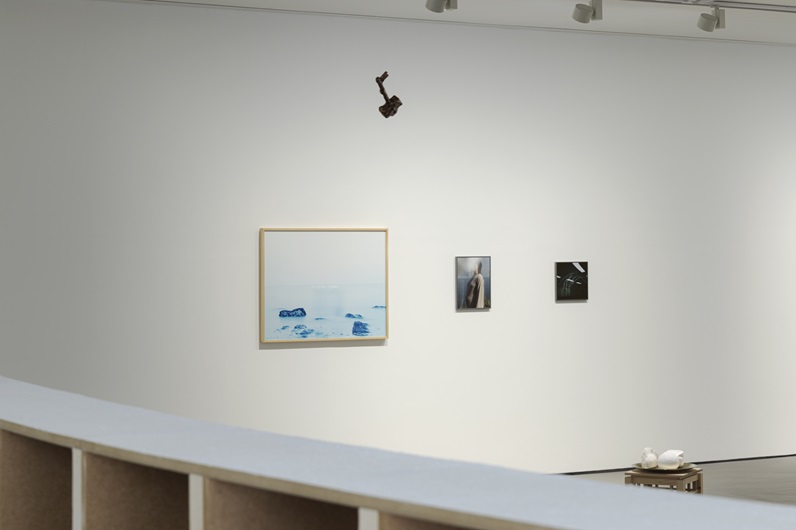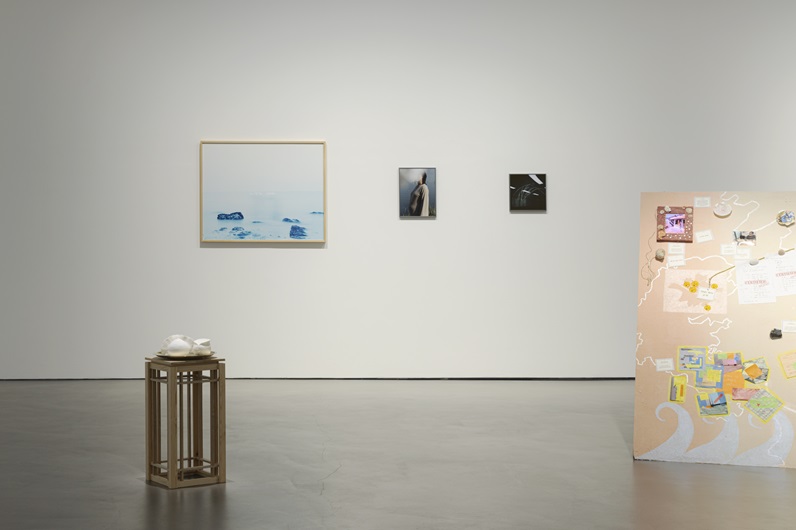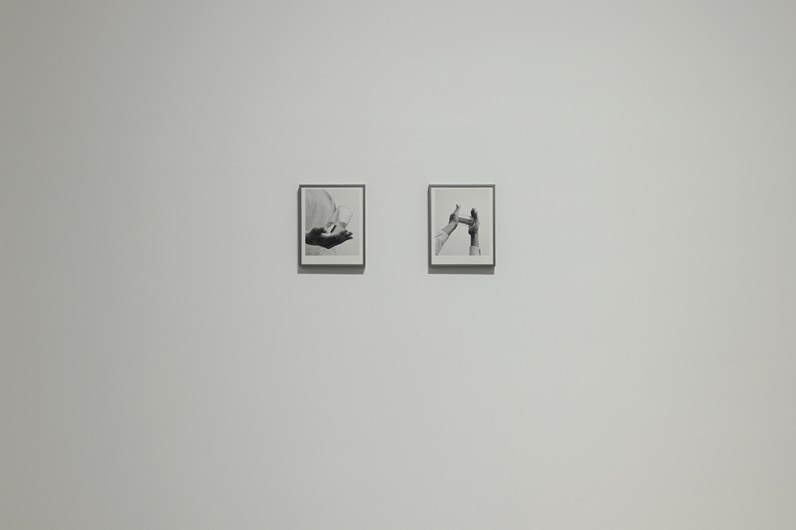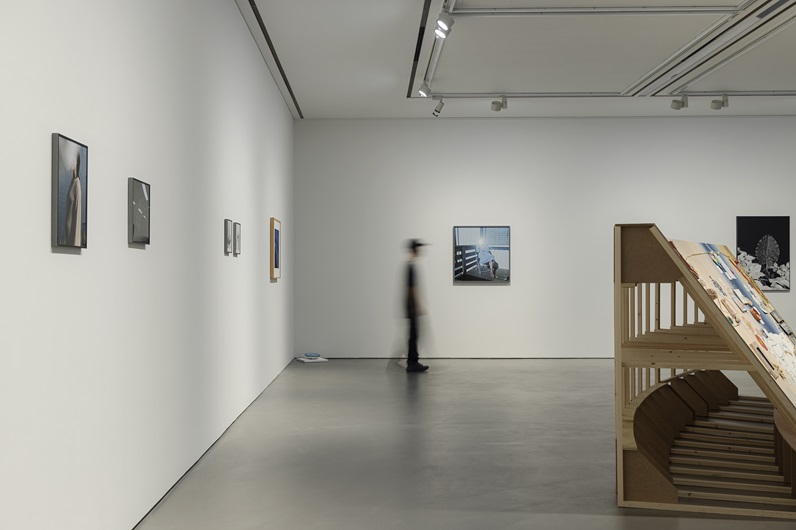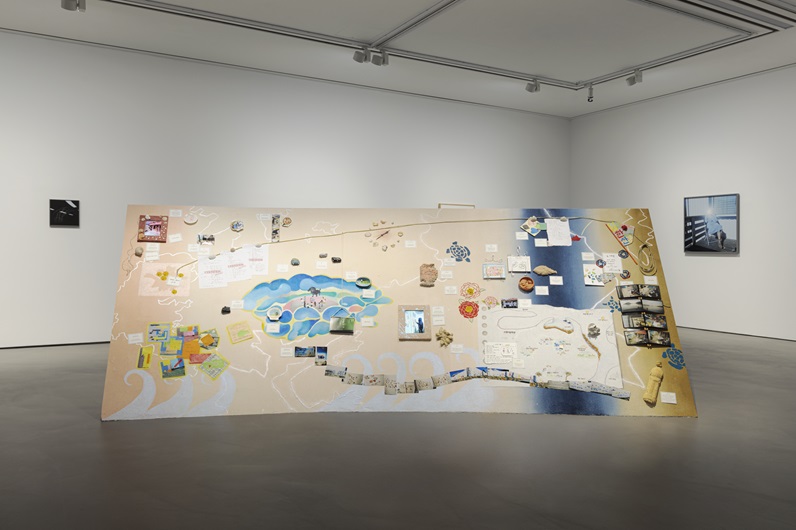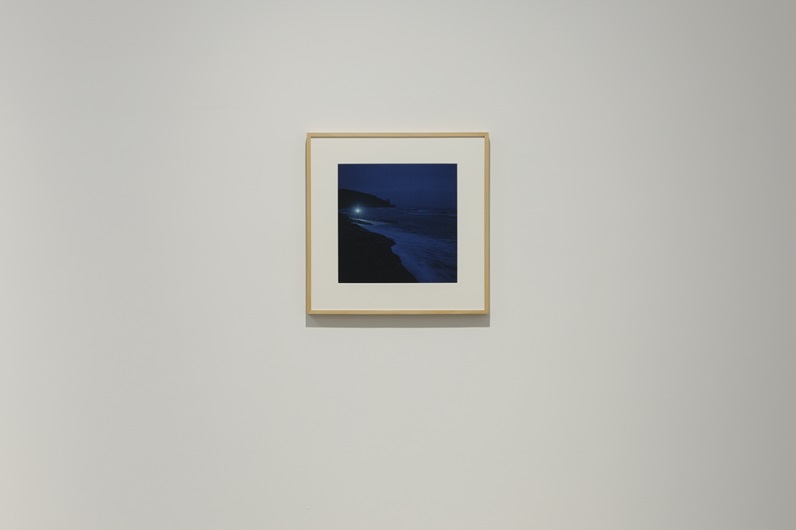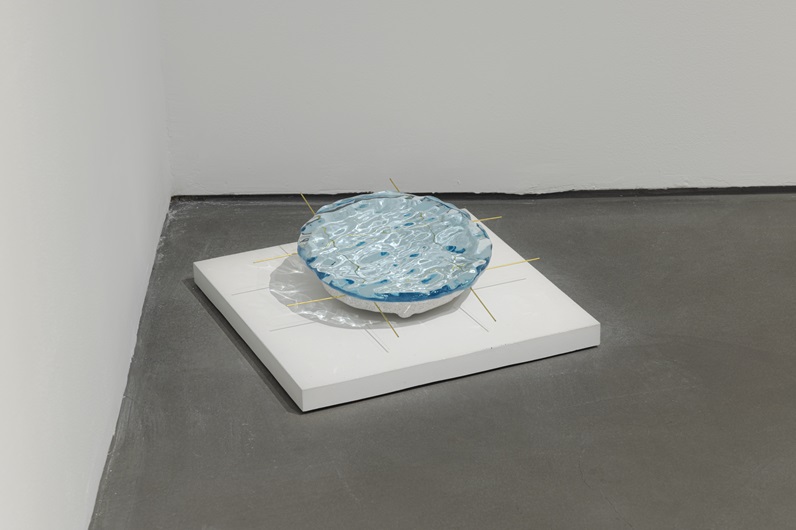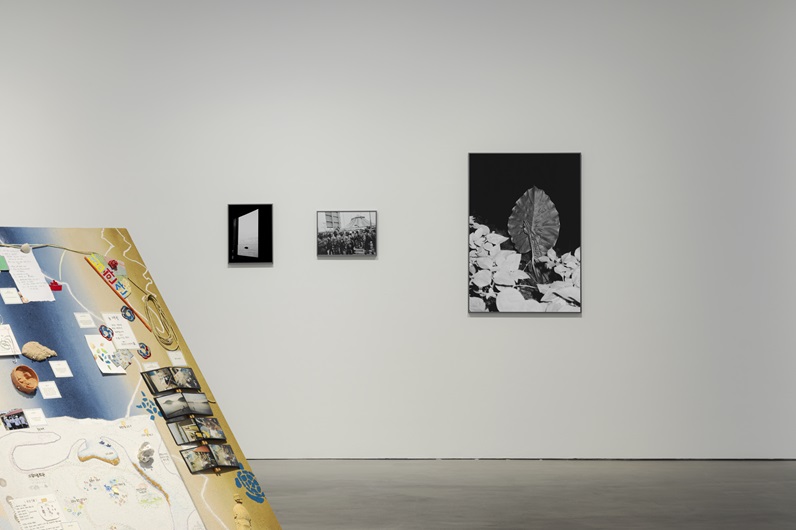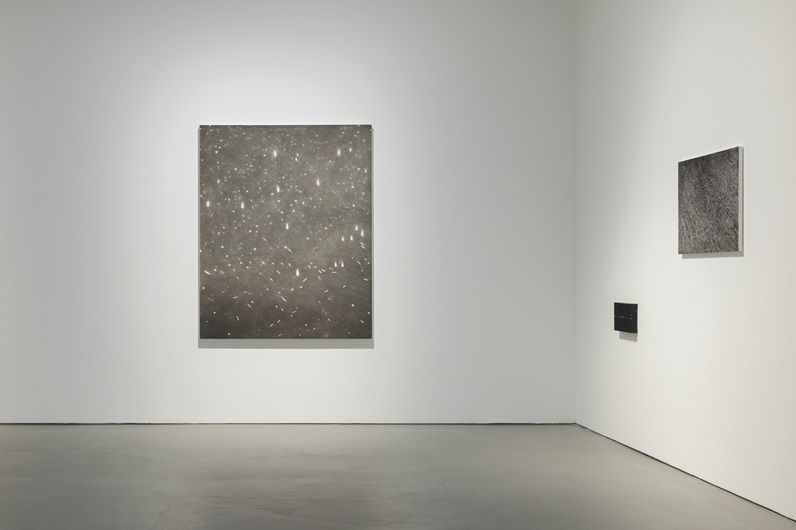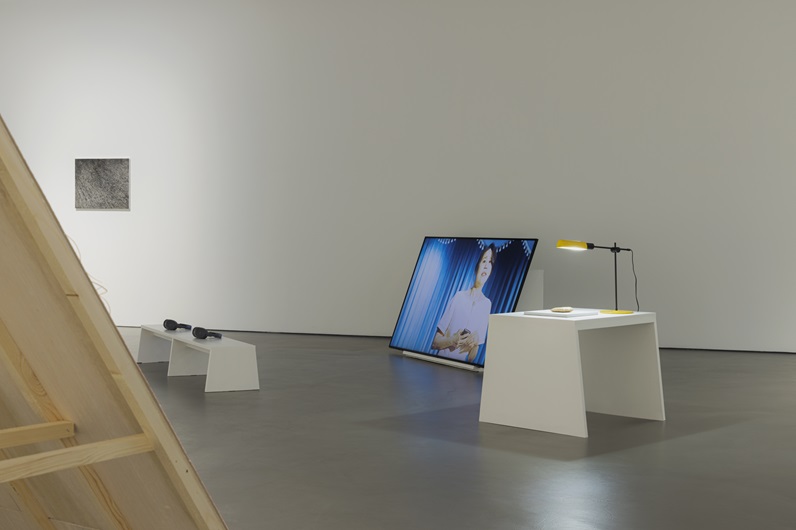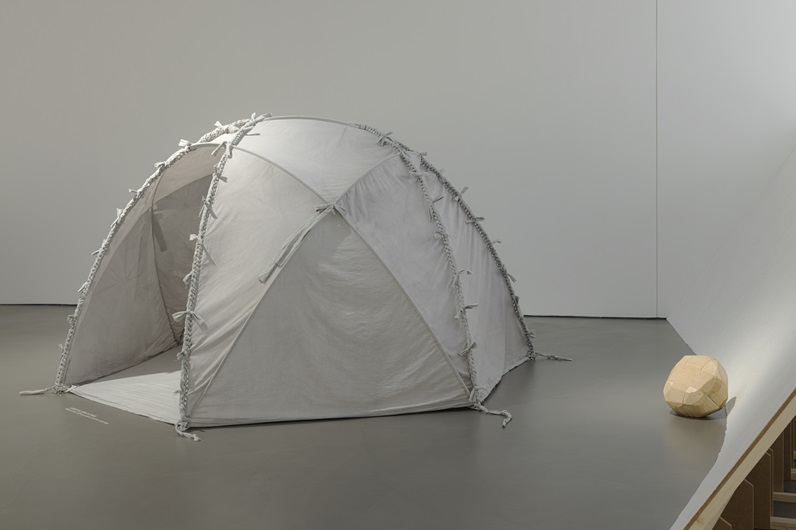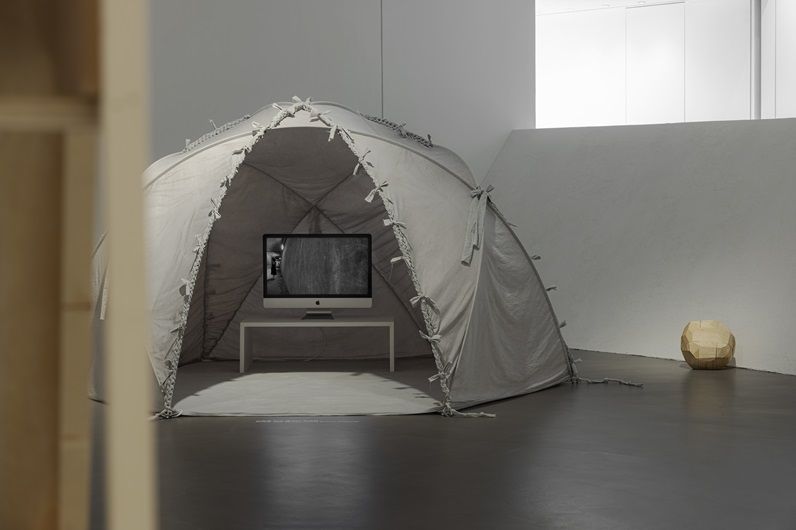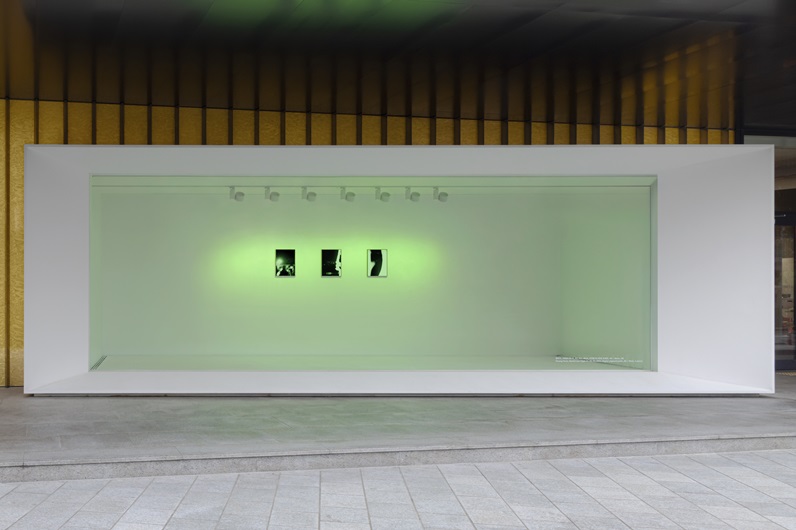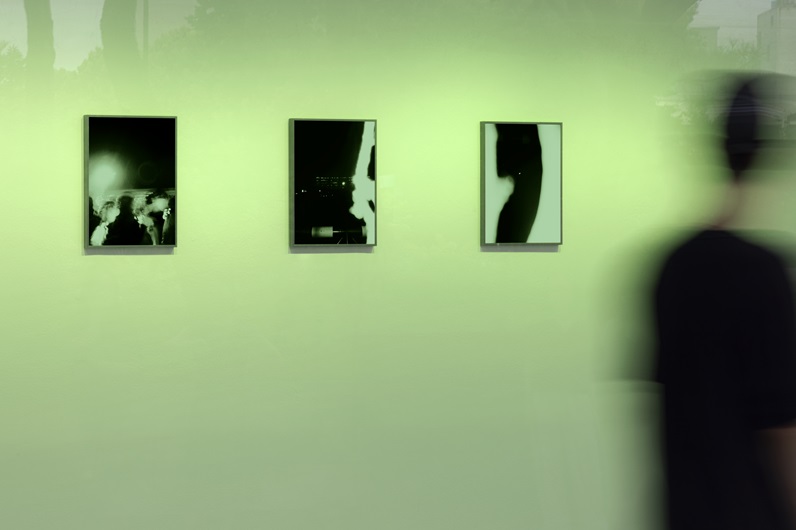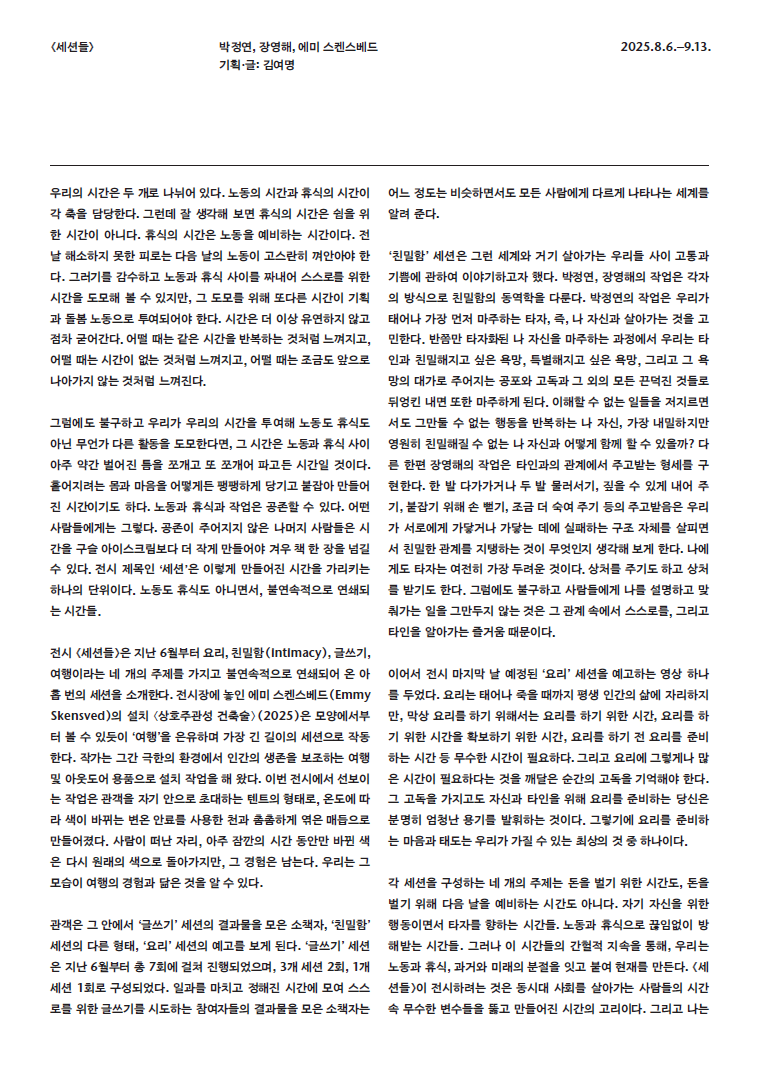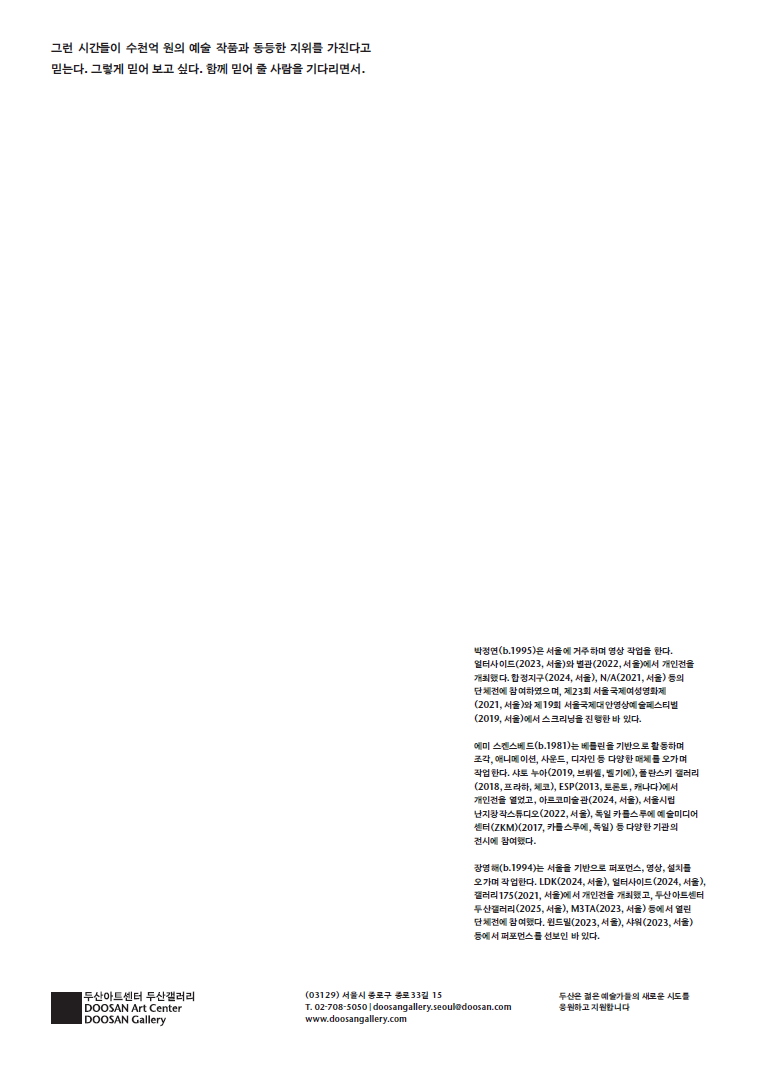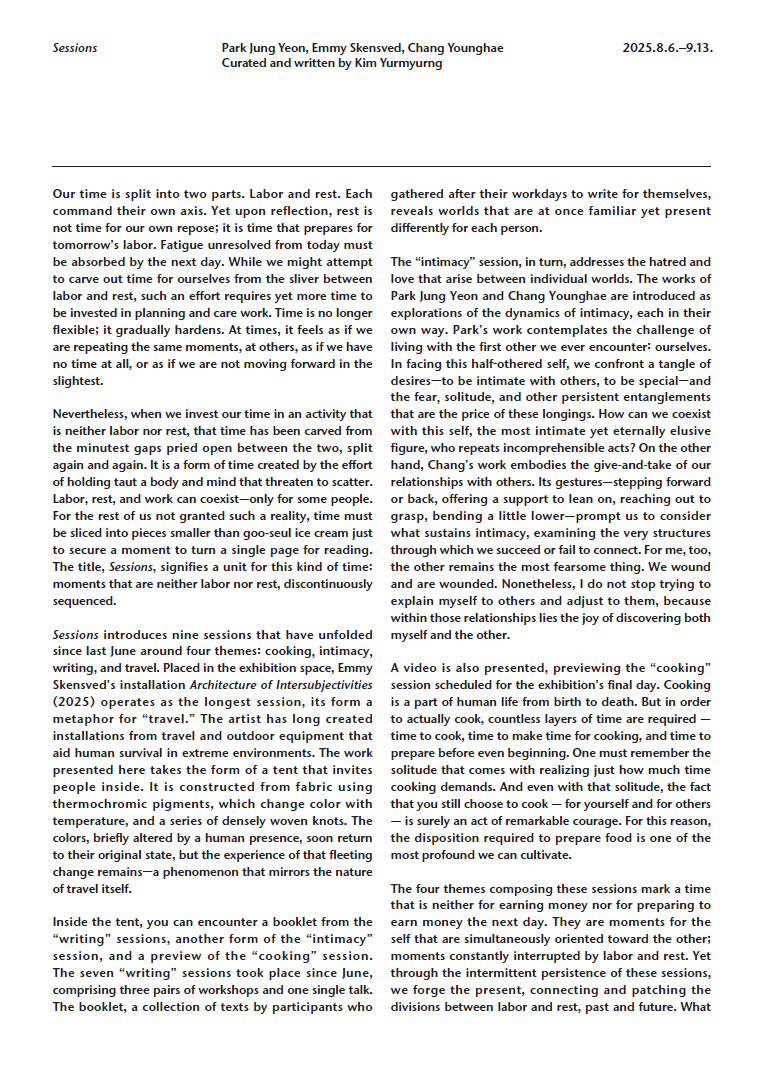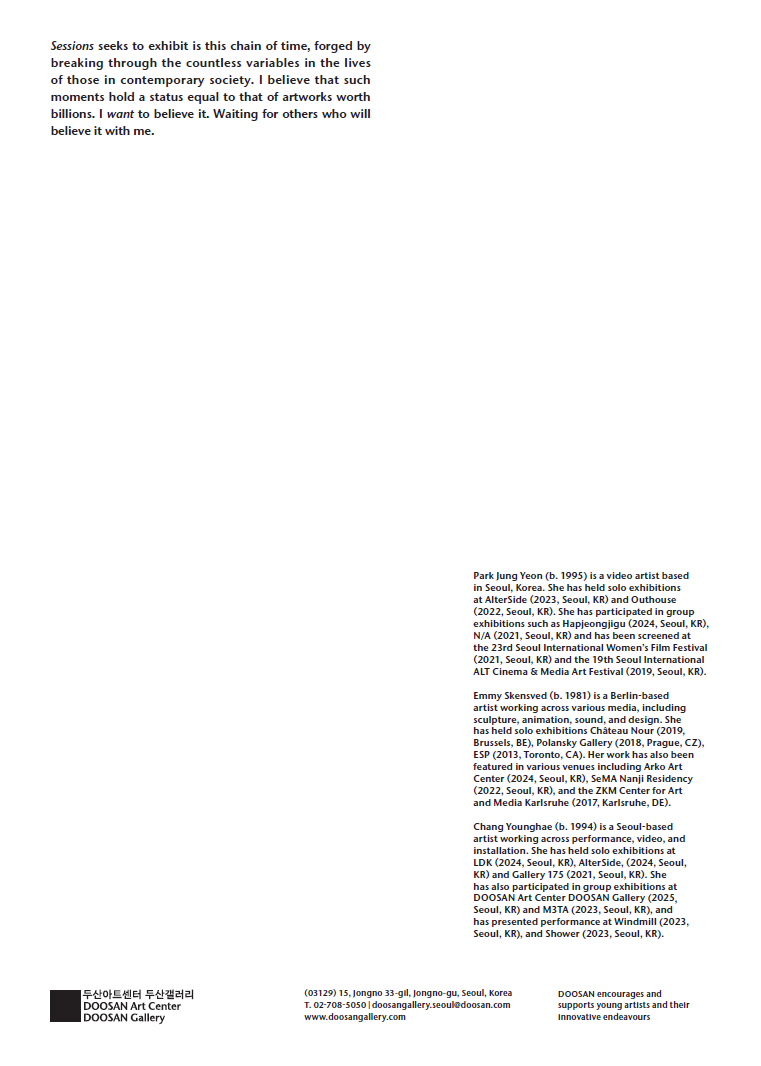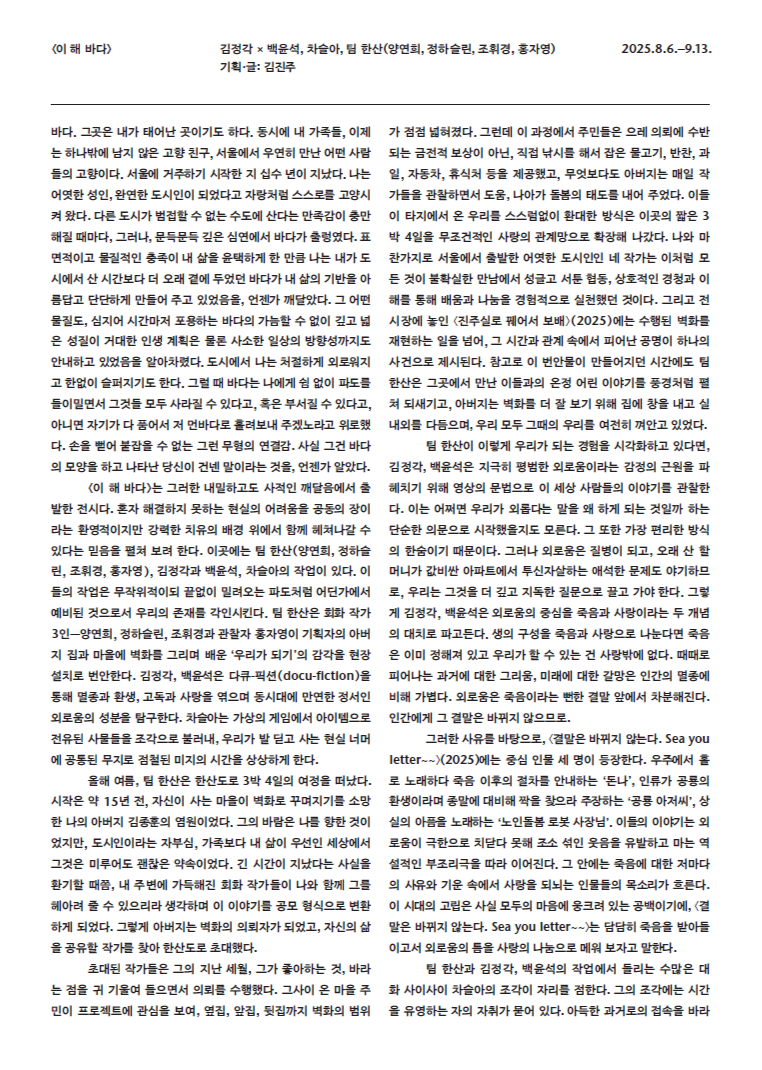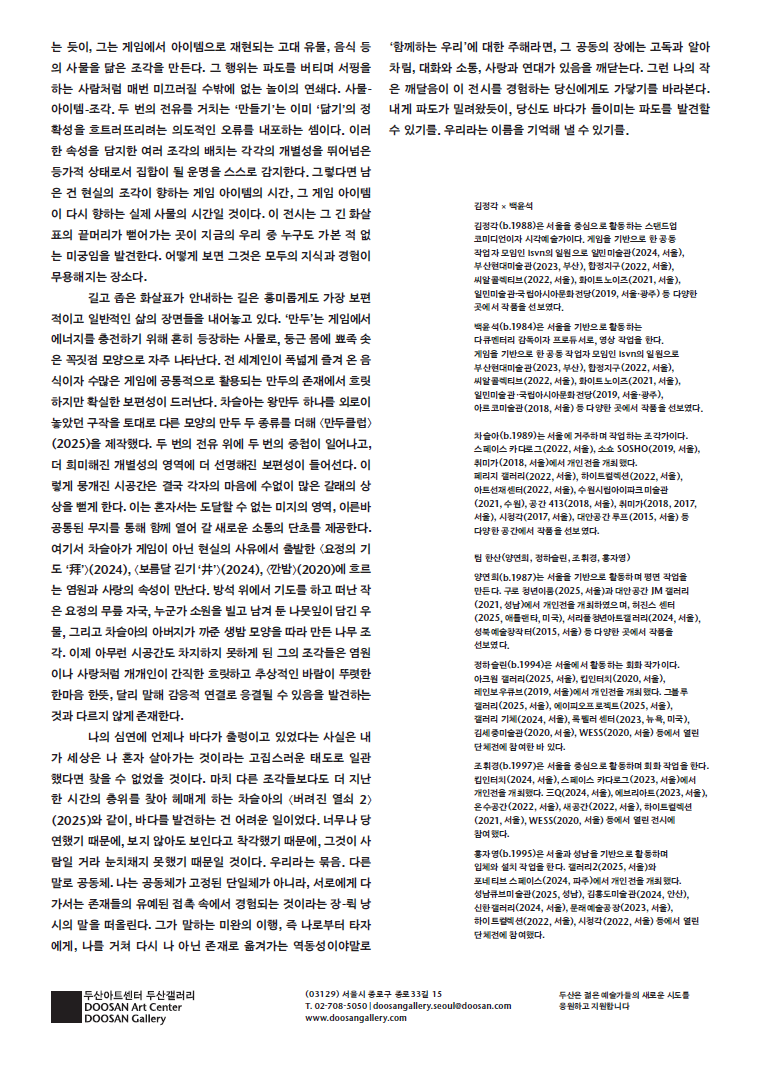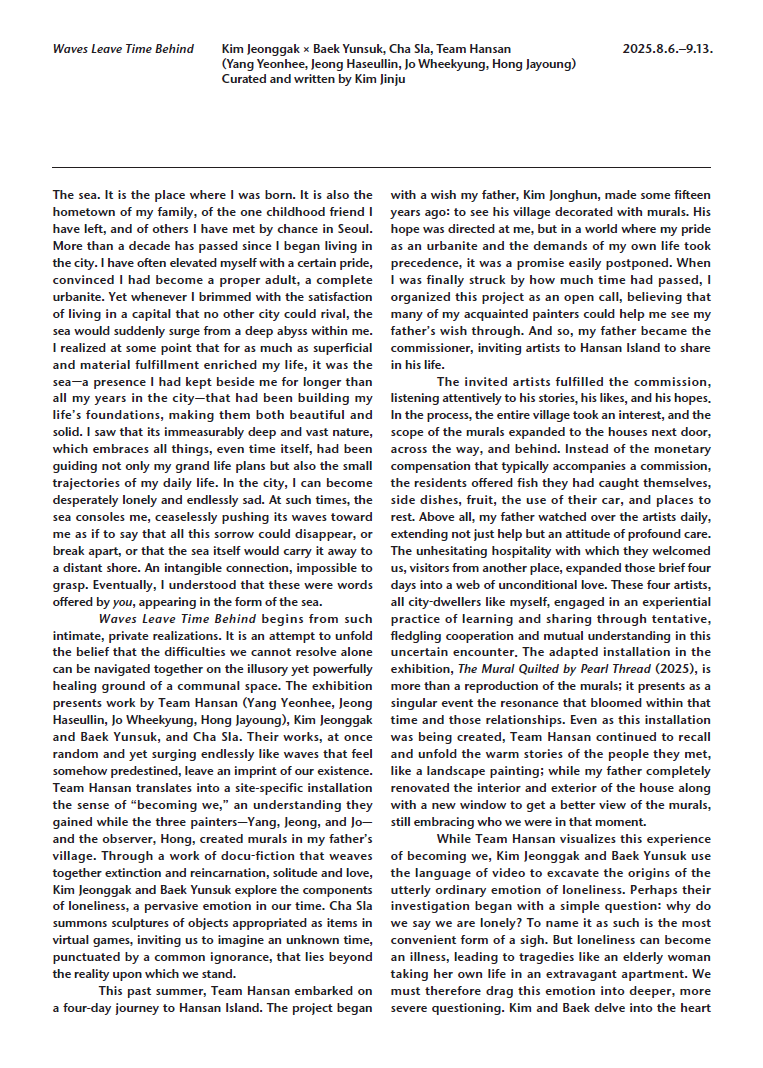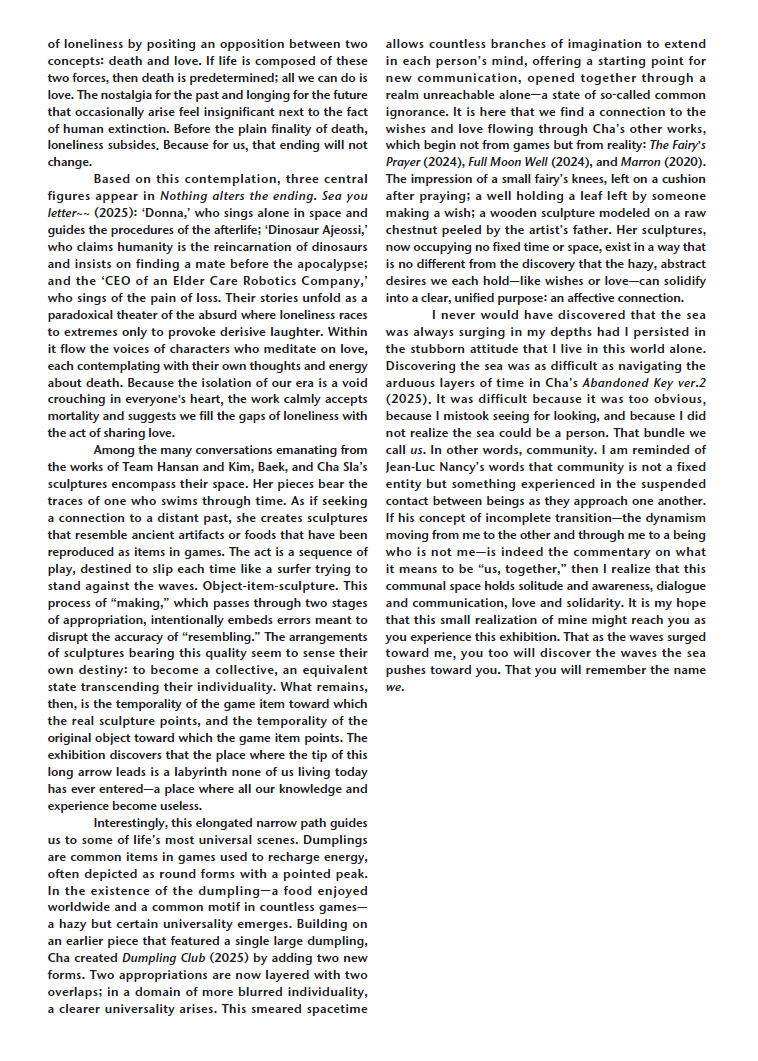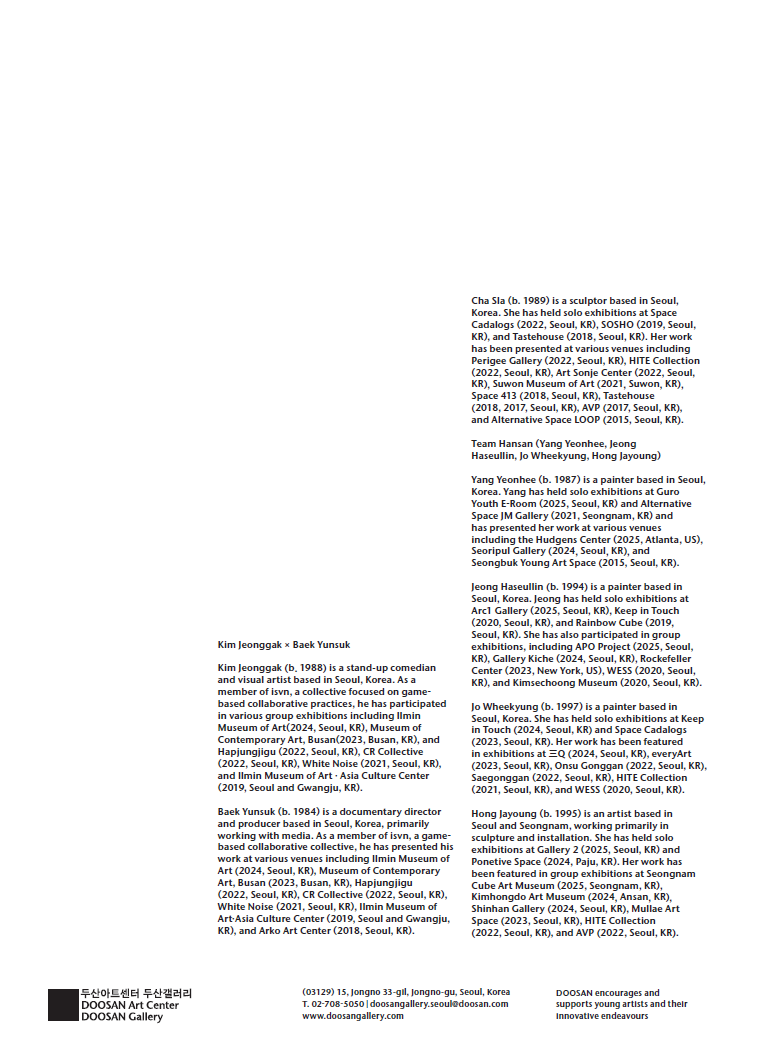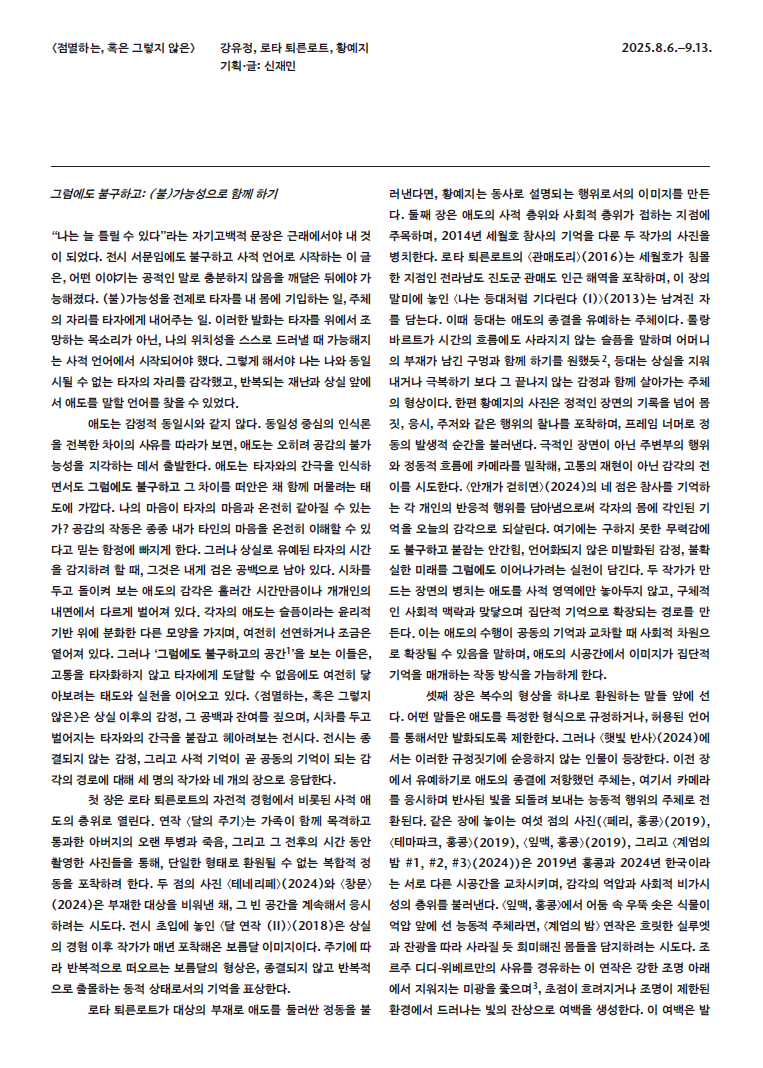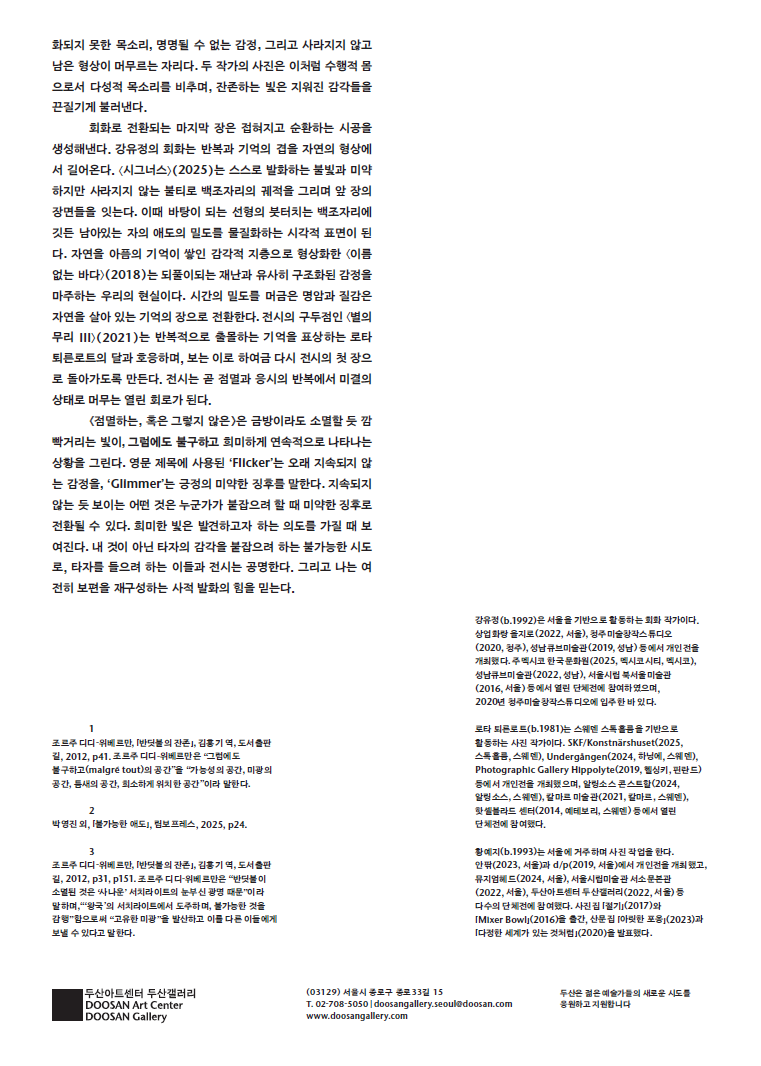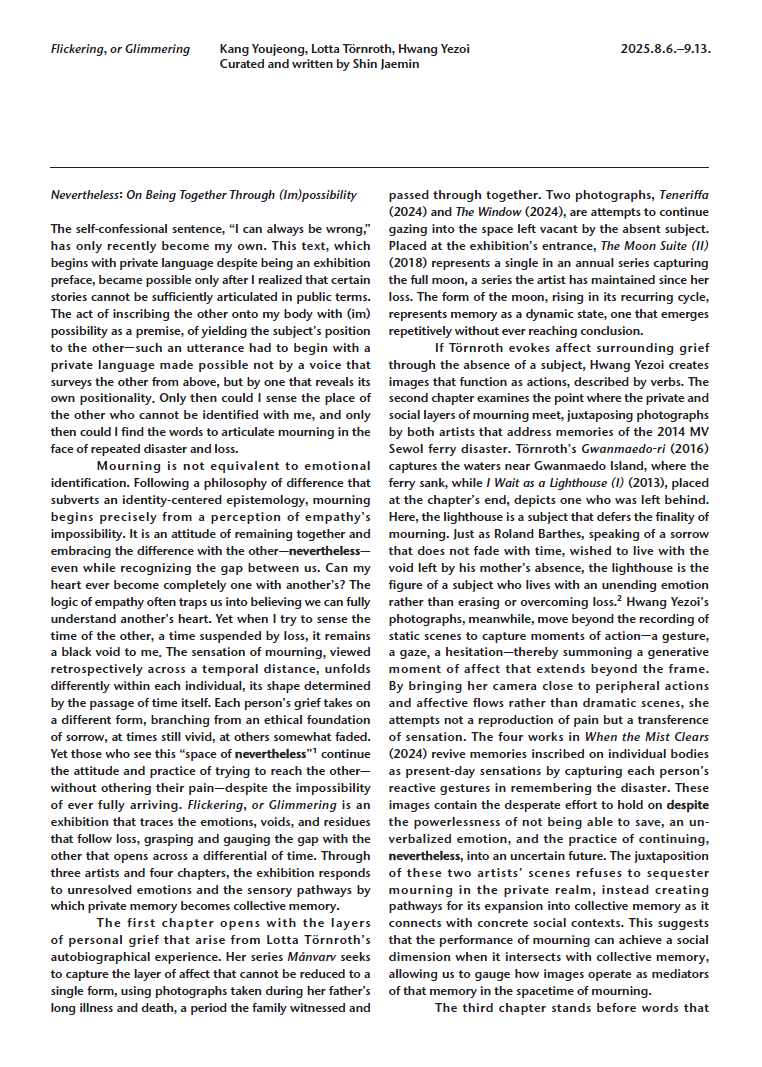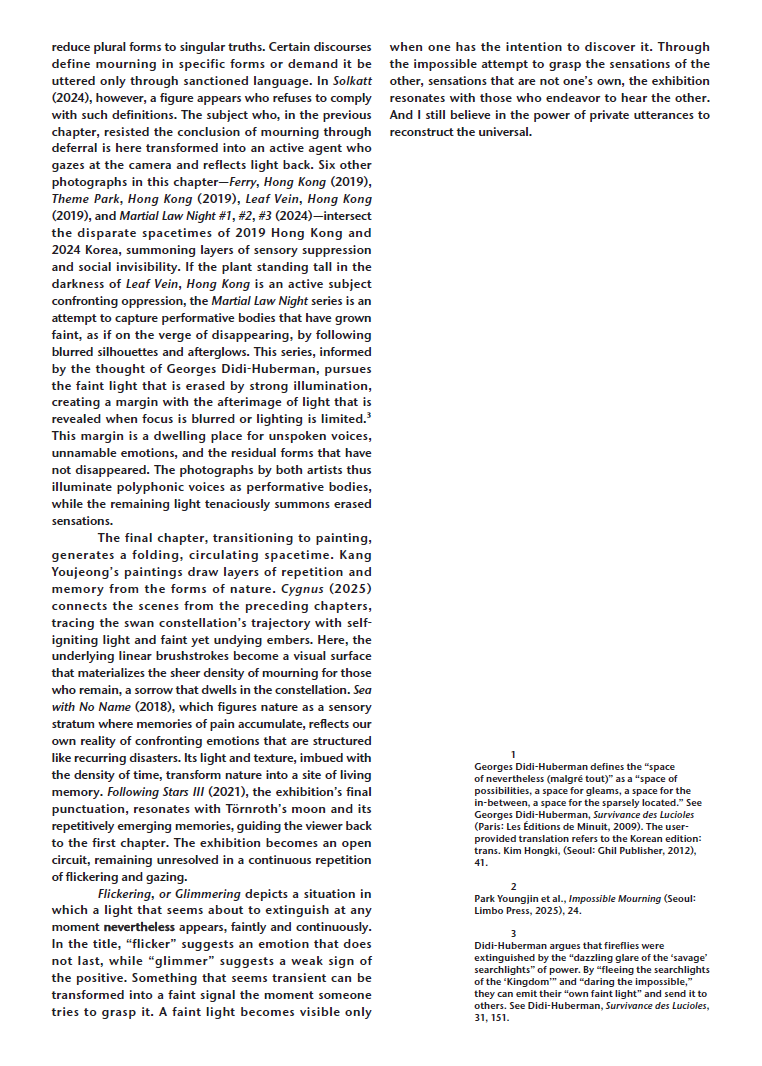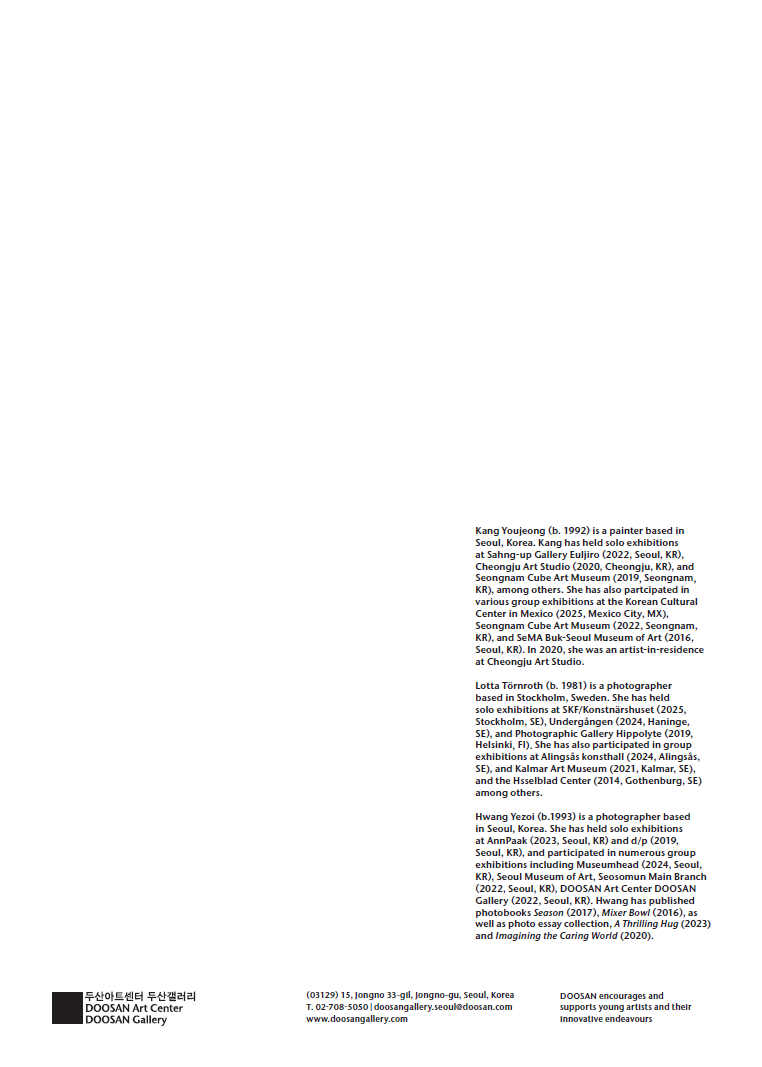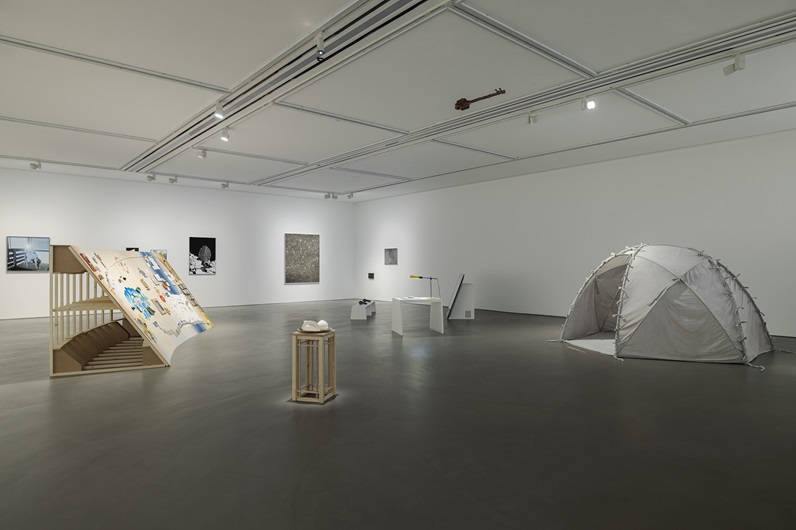
Installation View
2025
Photo by Poles
Tuesday-Saturday 11:00~19:00 / Closed on Sunday, Monday
DOOSAN Gallery: 15, Jongno 33-gil, Jongno-gu, Seoul, Korea
Tel. 02-708-5050
The Green Ray brings together three exhibitions by Kim Yurmyurng, Kim Jinju, and Shin Jaemin, each resonating as a distinct strand of sensation and meaning. The title of the exhibition refers to an optical phenomenon—a faint green light that shimmers at the sun’s edge near the horizon just after sunrise or before sunset. This light appears so rarely that capturing its fleeting possibility demands both acute sensitivity and persistent patience. Drawing on this rare moment and the attentive perseverance required to witness it, the exhibition examines and reconfigures the rhythms of daily life and seeks to extend the private sphere into the public realm. In doing so, it illuminates the present—one that exists in the interstice between a repetitive past and an opaque future—and proposes a spatiotemporal context where we may encounter one another in a state of balance cultivated through resonance with others.
The green ray, appearing and vanishing in an instant, creates a moment where boundaries—day and night, sky and sea—converge and fold into one. In a similar way, The Green Ray encircles these three exhibitions, forming an interface where their distinct practices meet. Sessions designates the discontinuous yet sequential times within a life divided into two parts, labor and rest. From these sessions, the exhibition seeks methods for continually imagining the future. Waves Leave Time Behind presents community not as a fixed entity but as a sense of suspended contact and non-binding solidarity, situated within an unfinished current where individual emotions and memories merge under the name of “we.” Flickering, or Glimmering traces the pathways through which sensations rooted in impossibility are articulated as social mourning and collective memory, following the layer of grief that cannot be reduced to a singular emotional form.
These three exhibitions create spaces where unnamed emotions can linger, reveal intervals that today’s rhythms cannot accommodate, and compose scenes that are at once private and structural, trivial yet inevitable. Through the questions, examinations, delays, and detours operating within them, we might find ourselves able to be lonely together, mourn together, and imagine different lives together.


